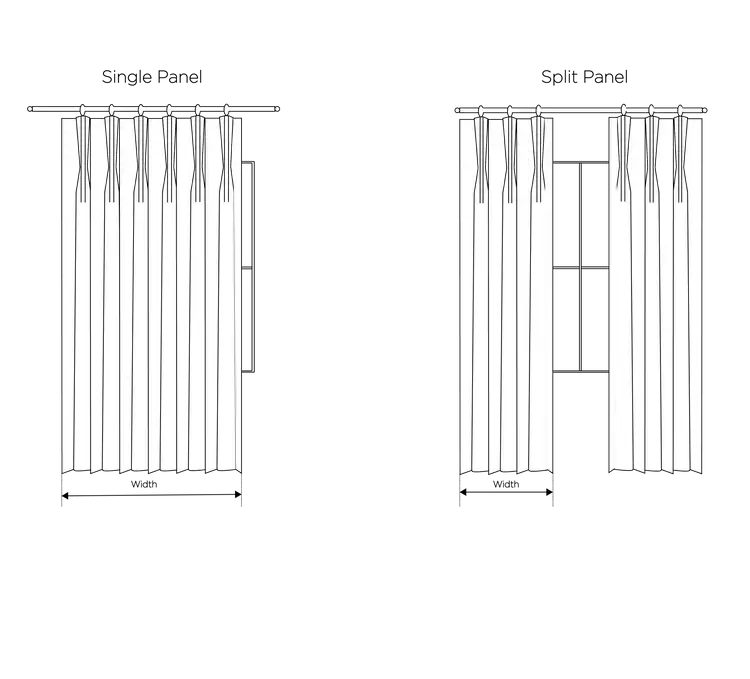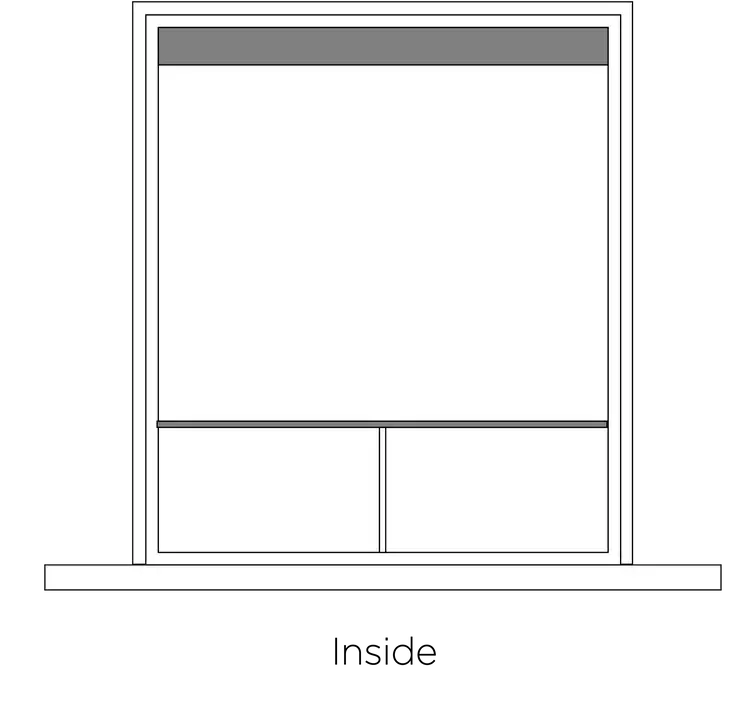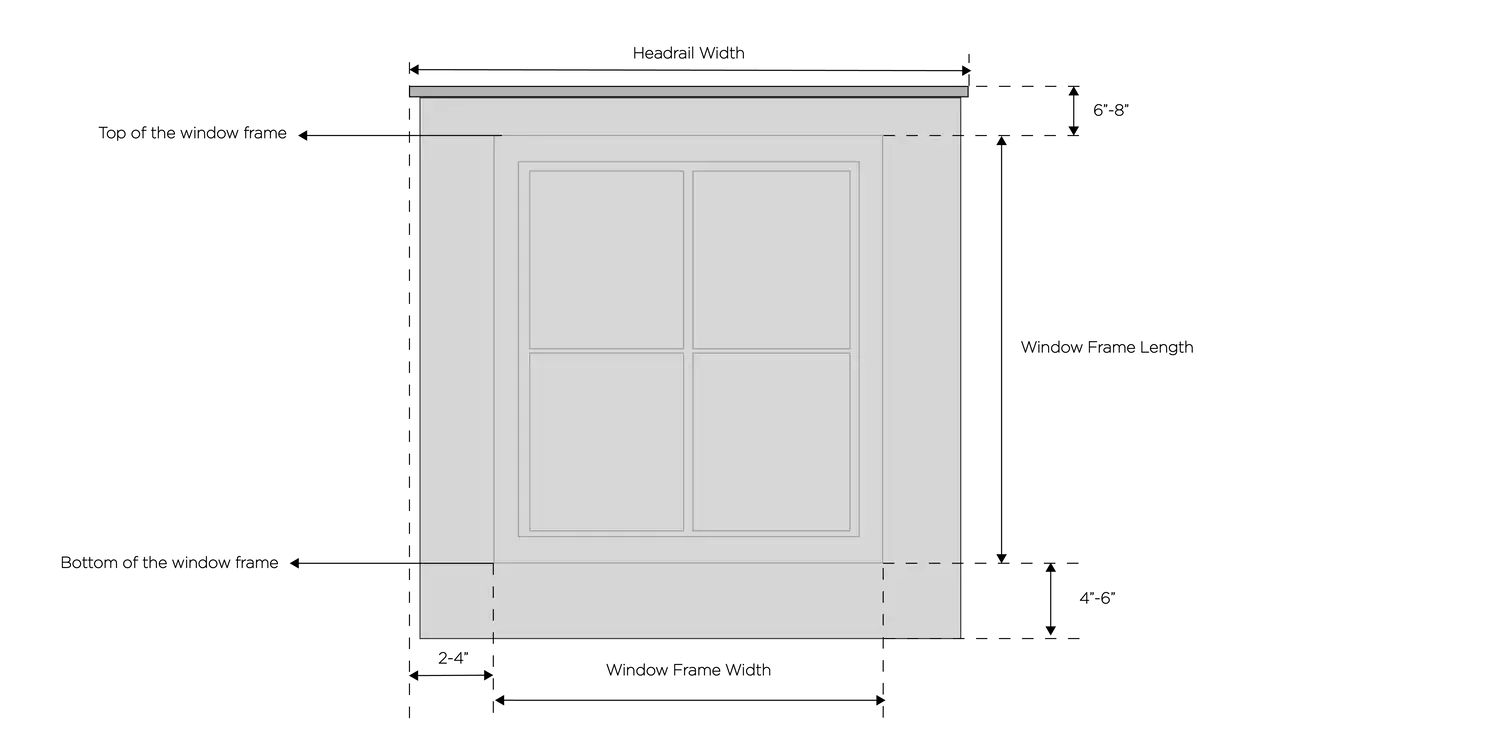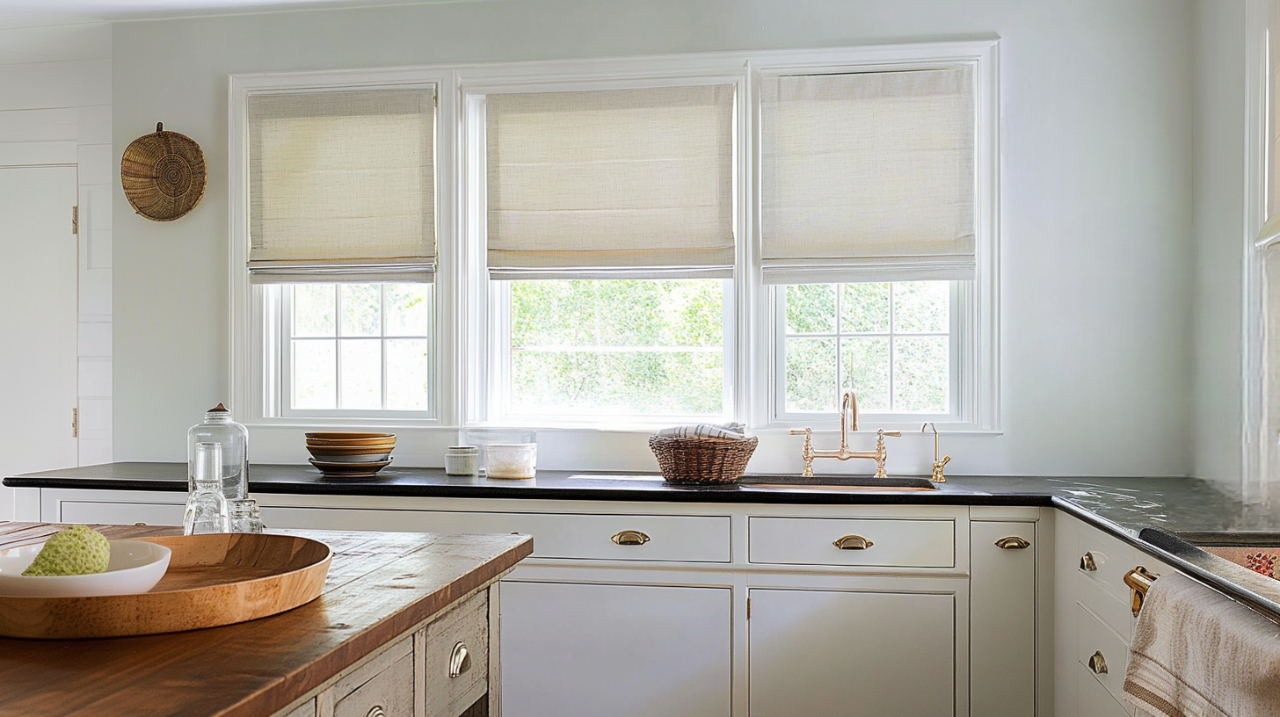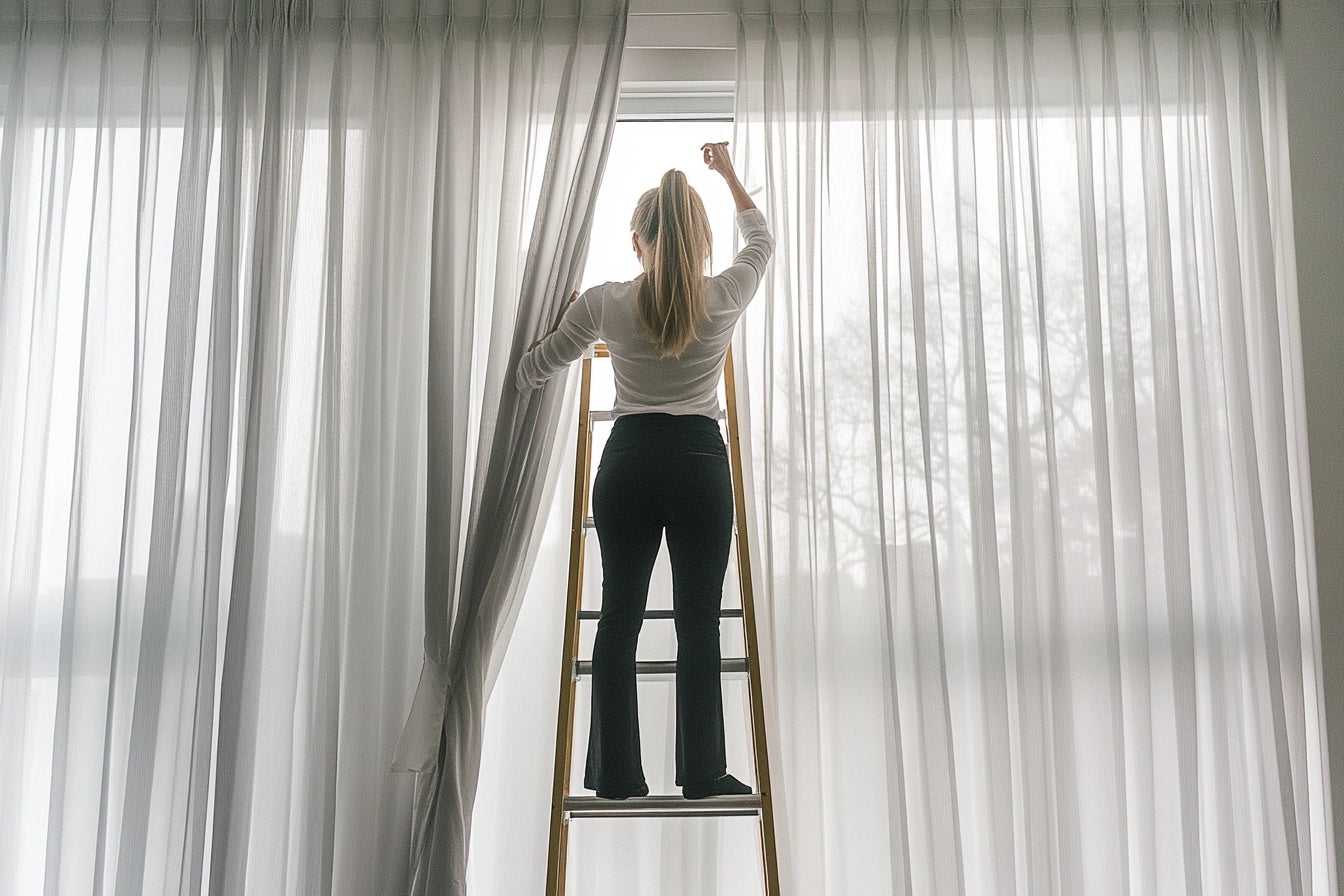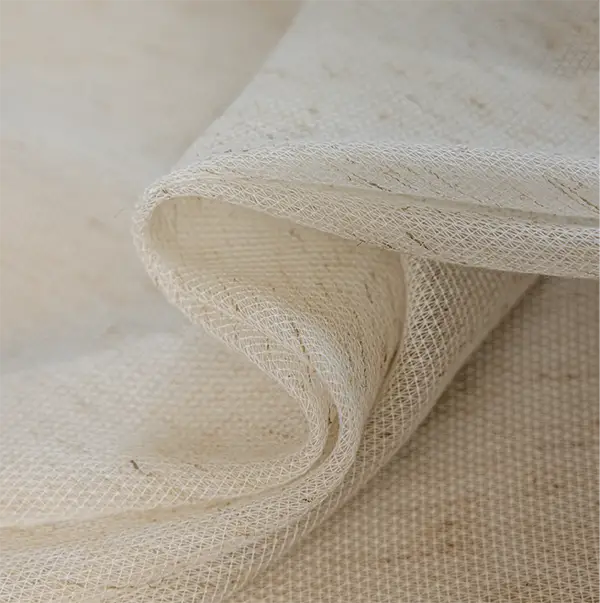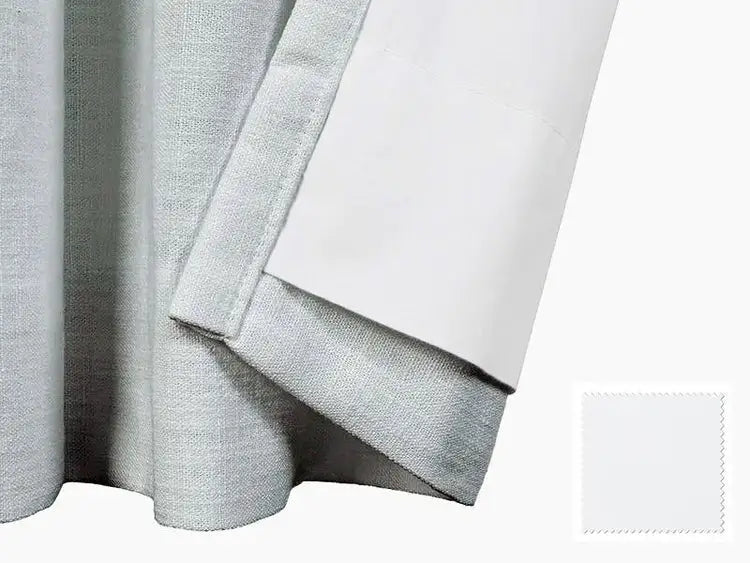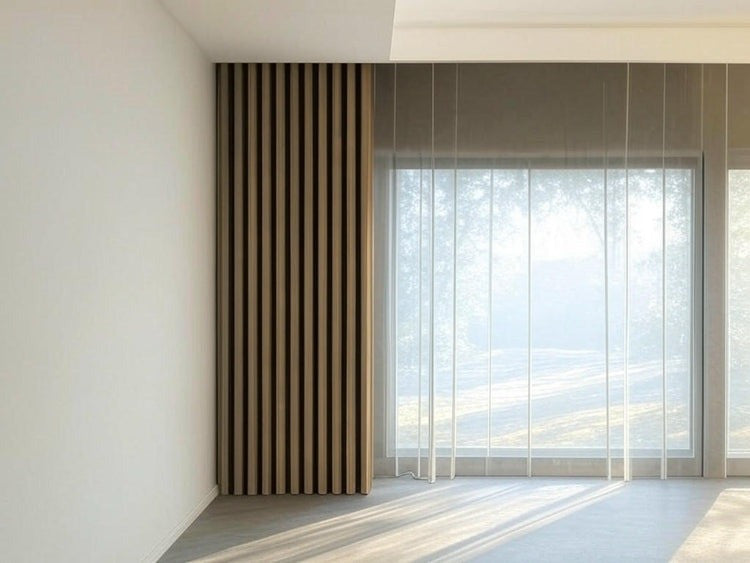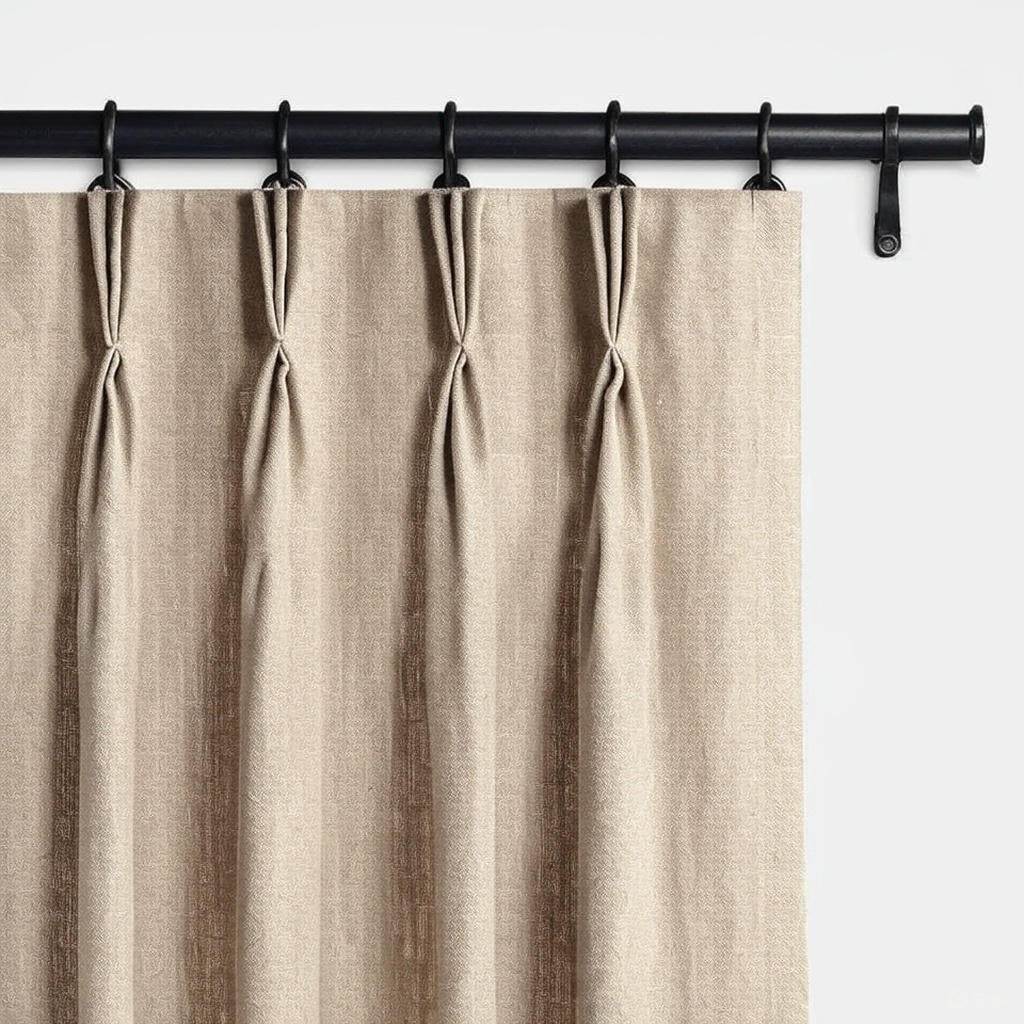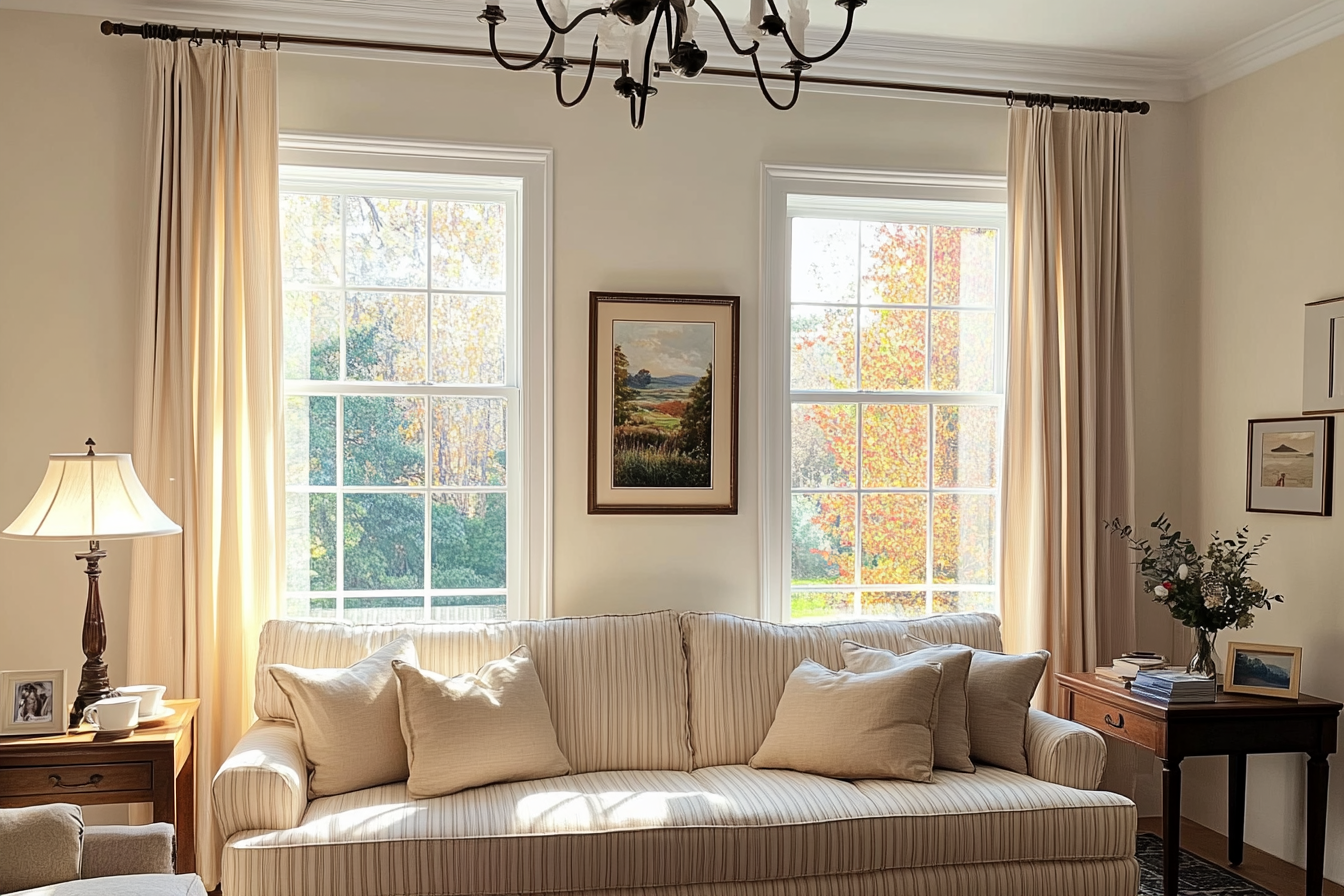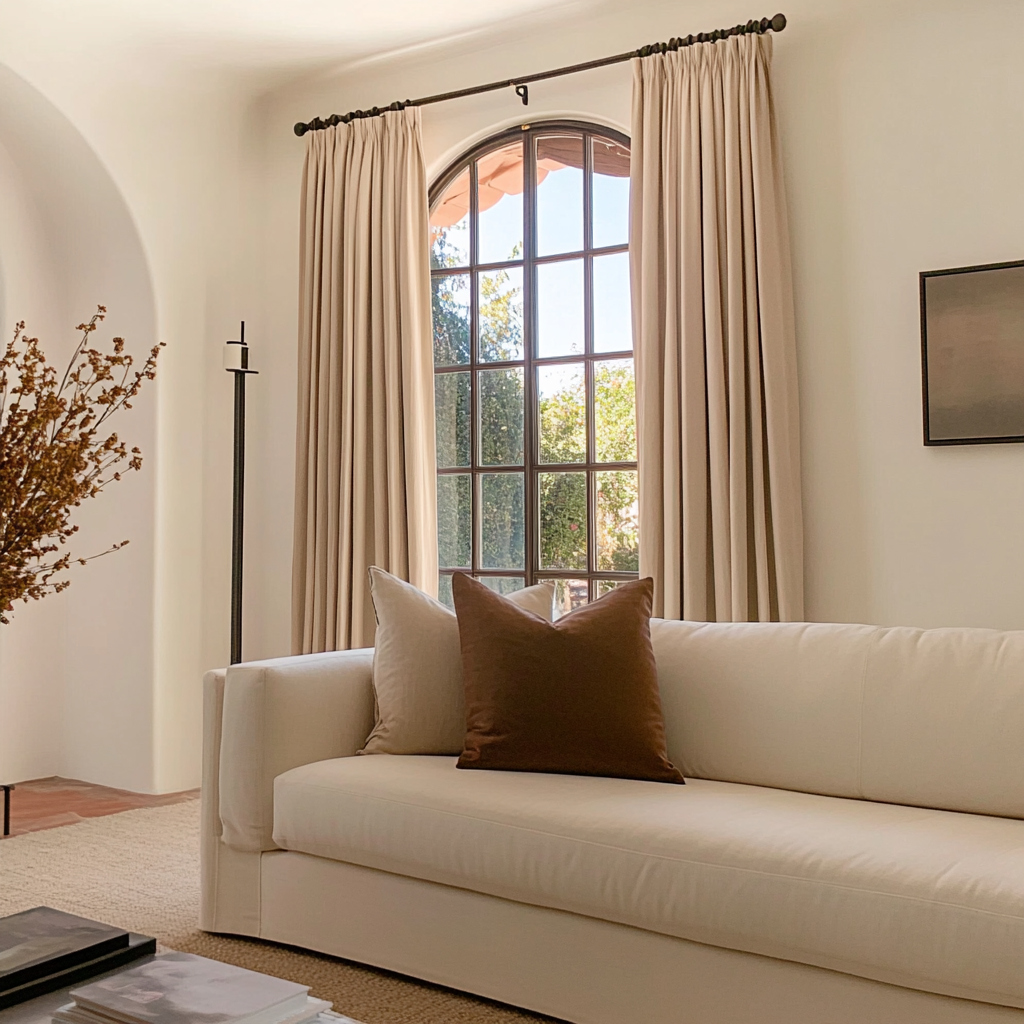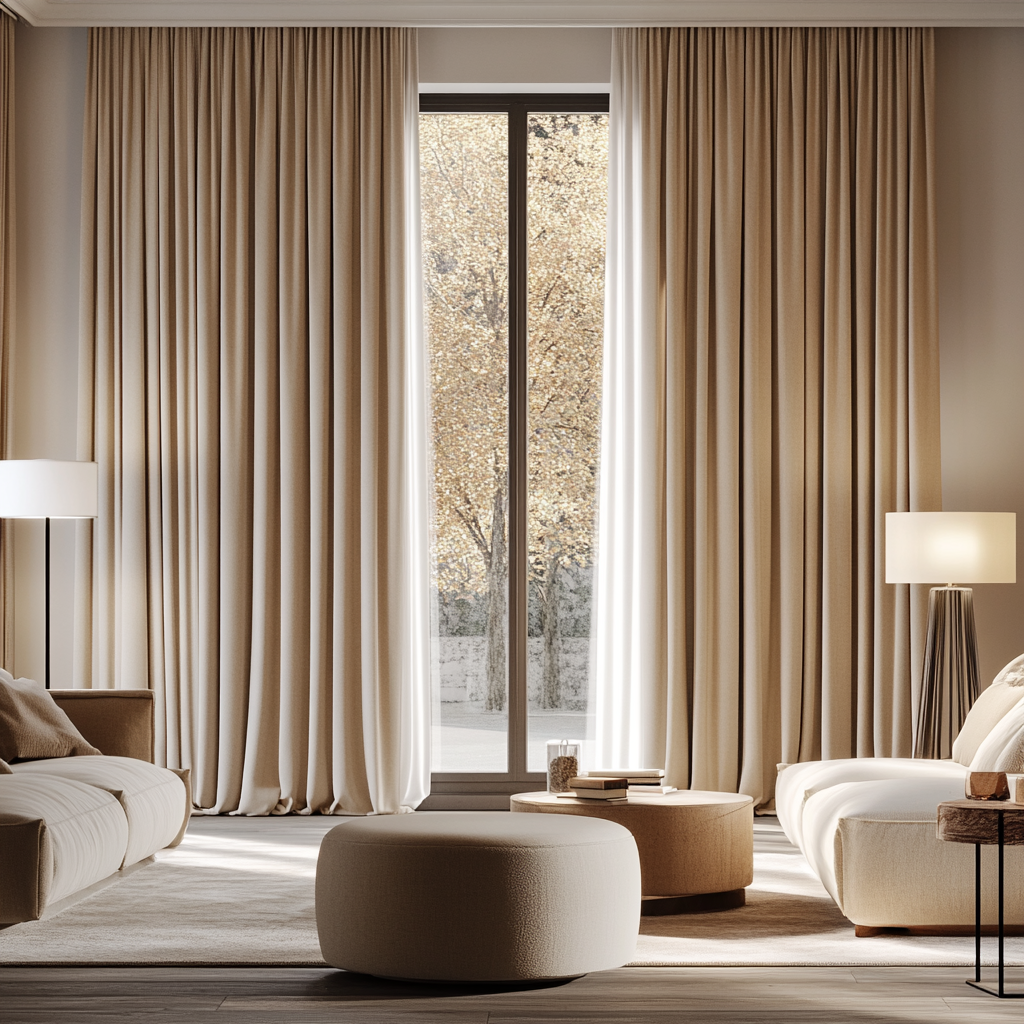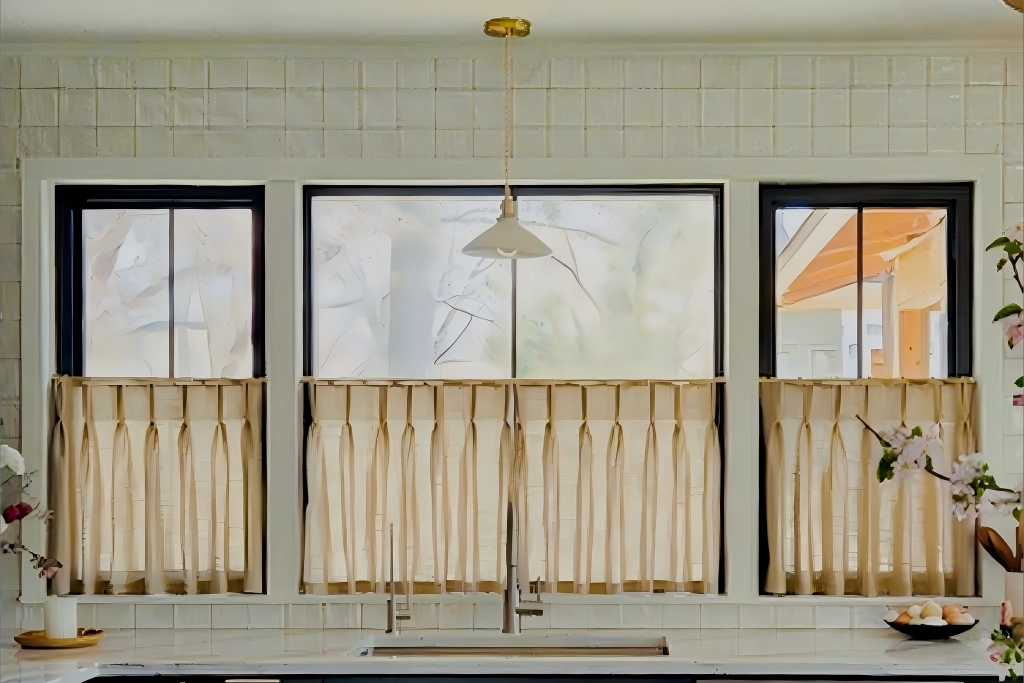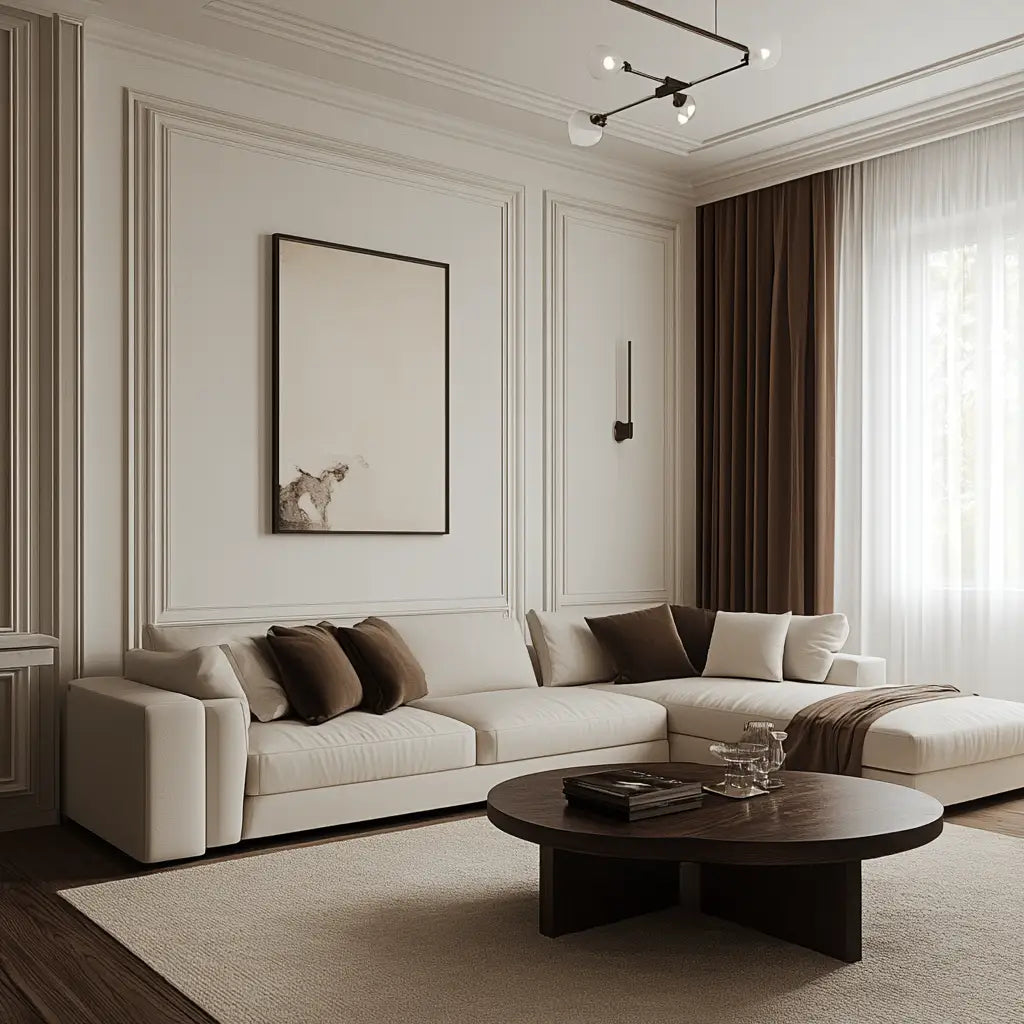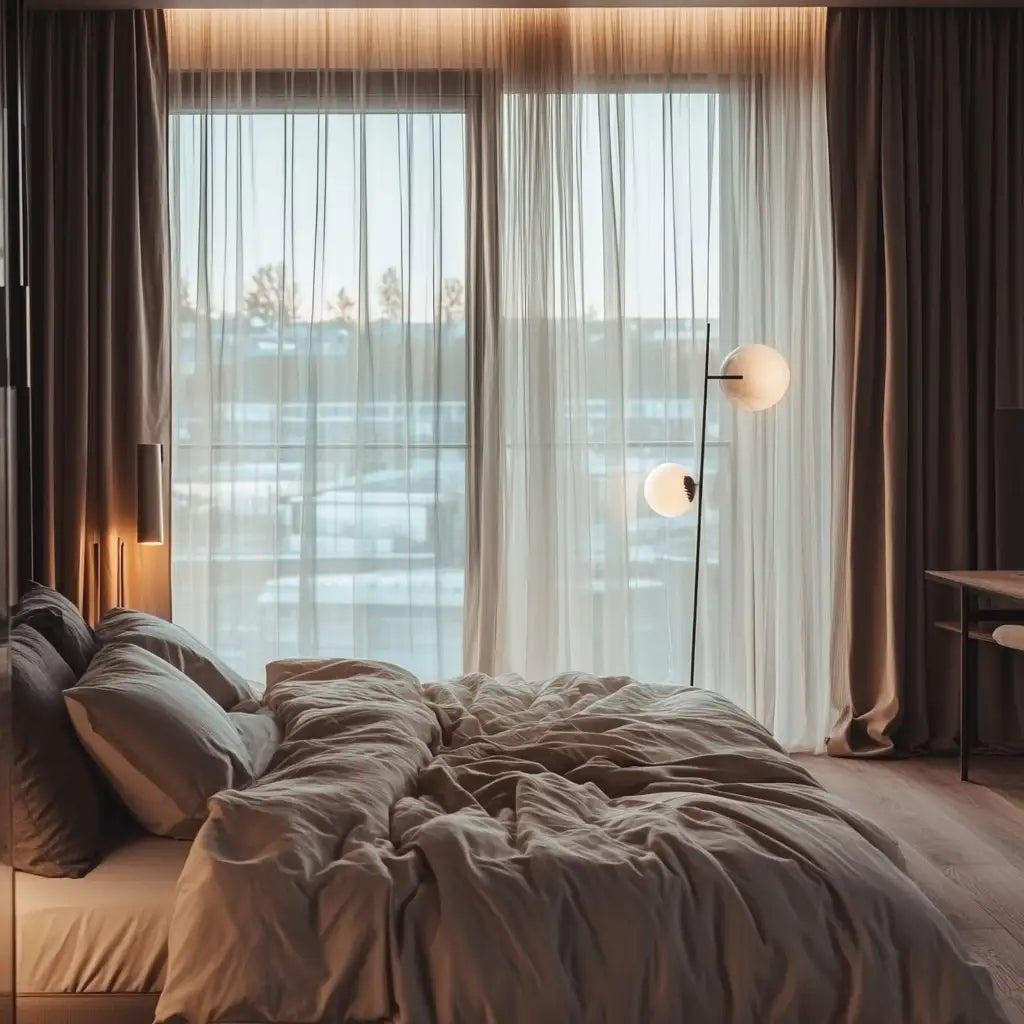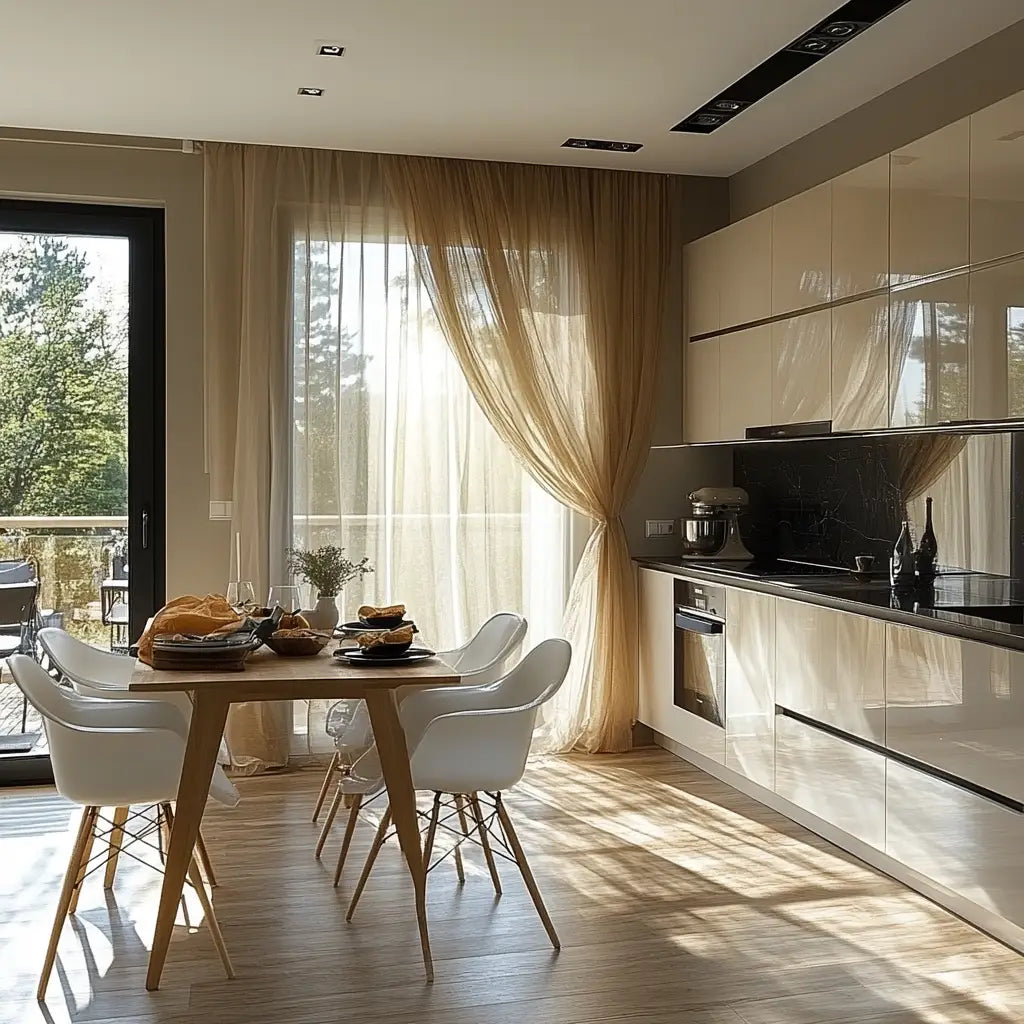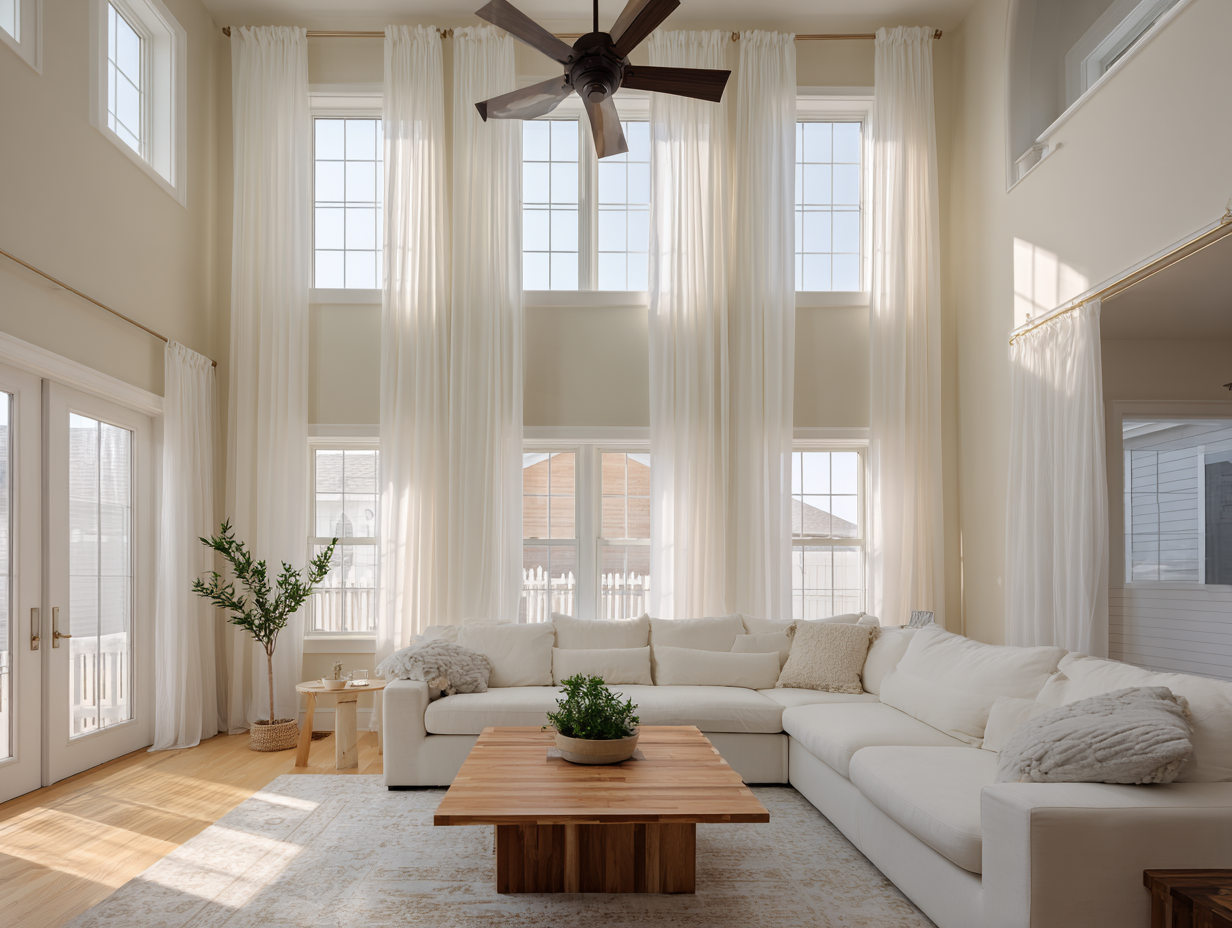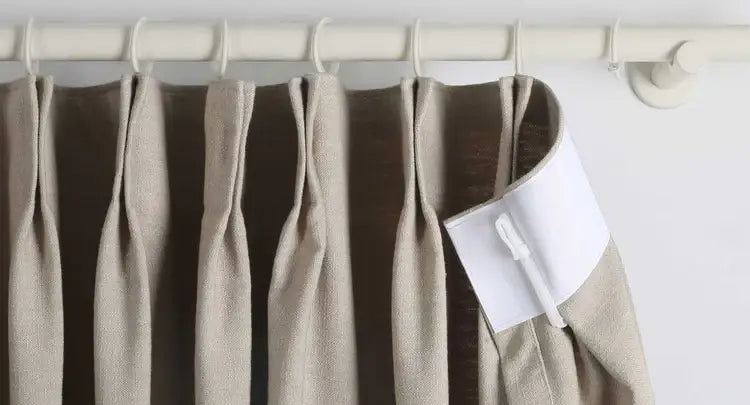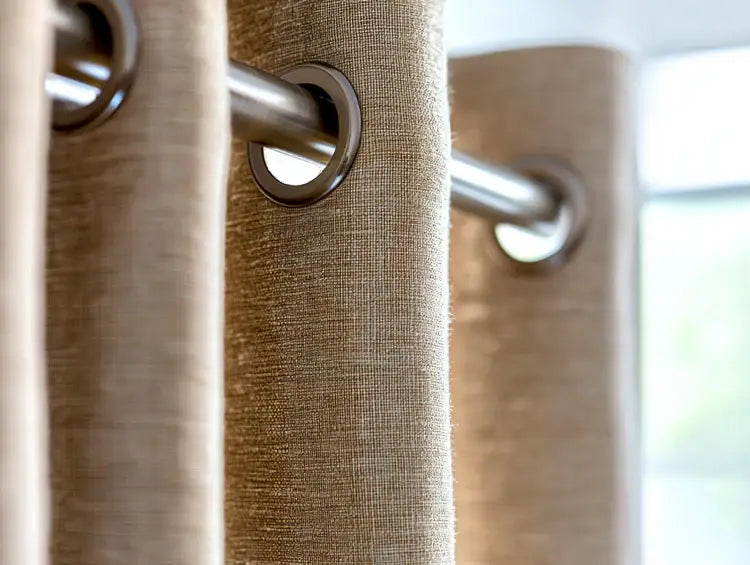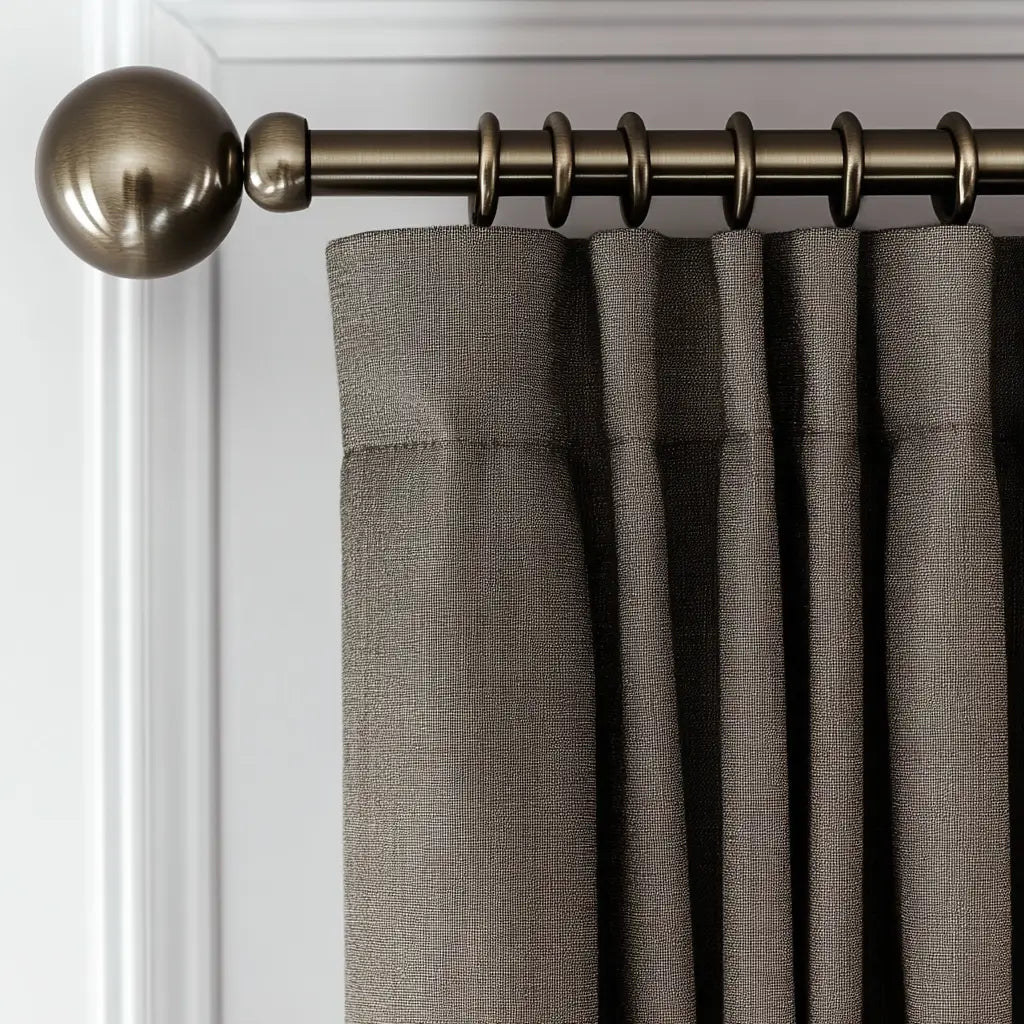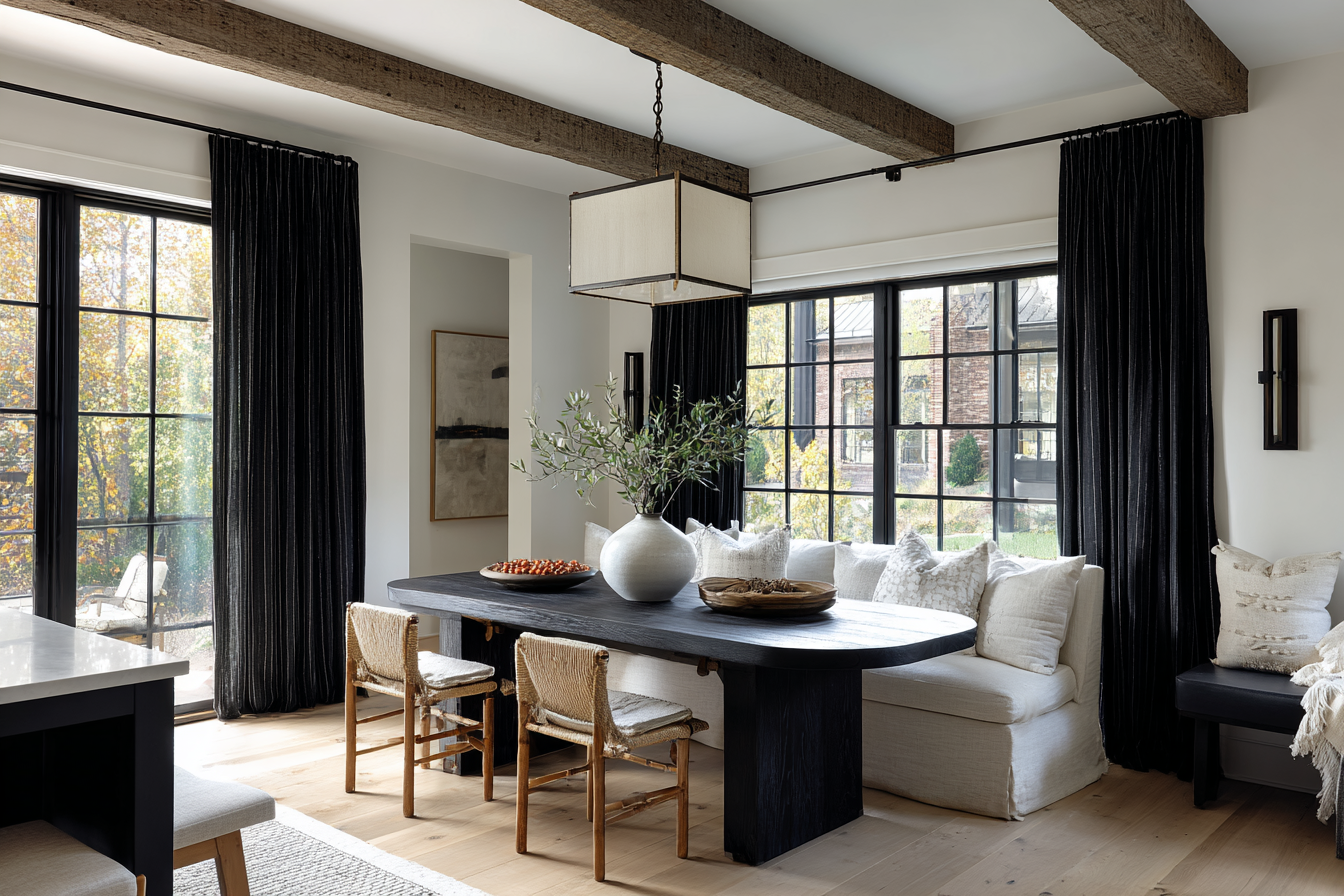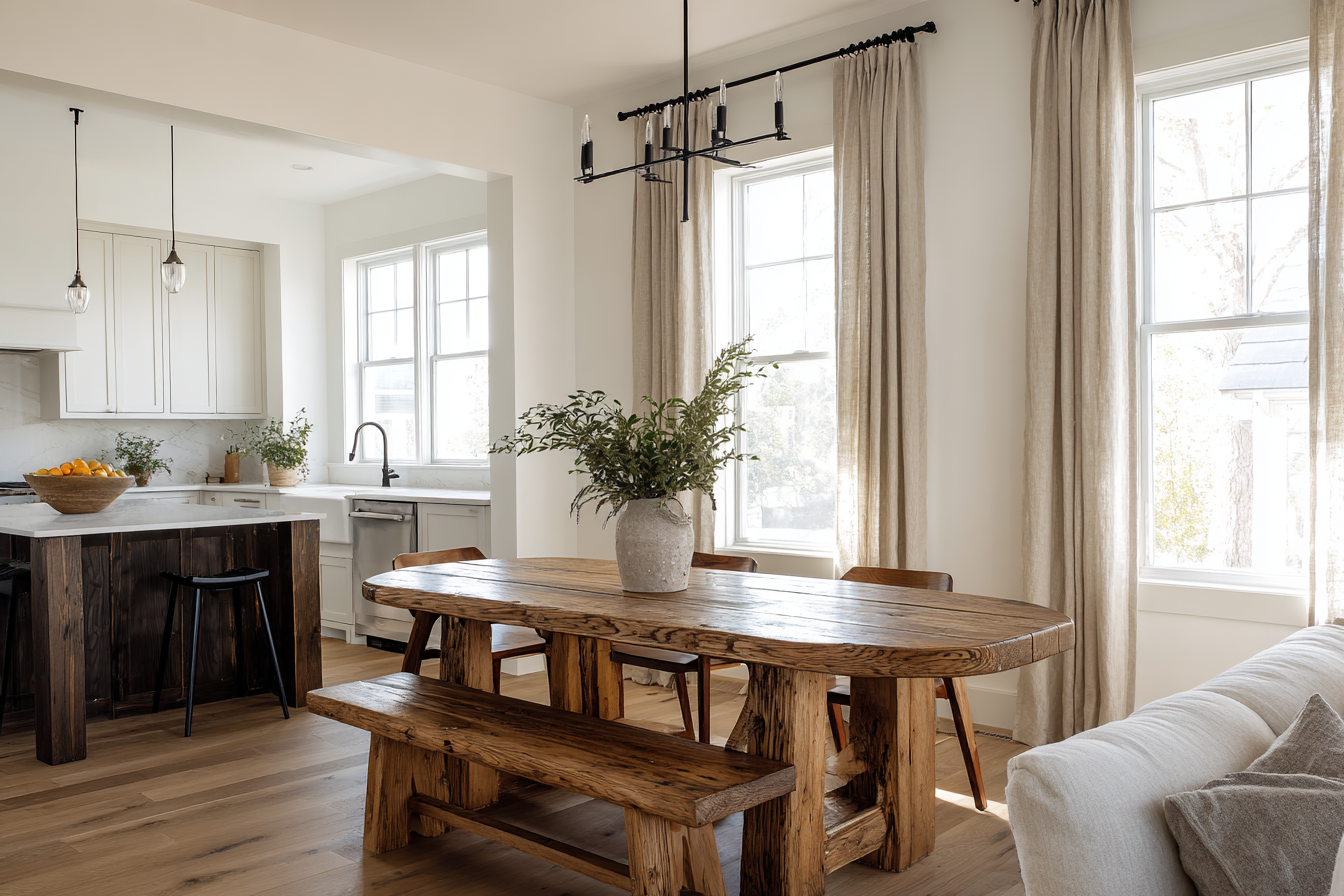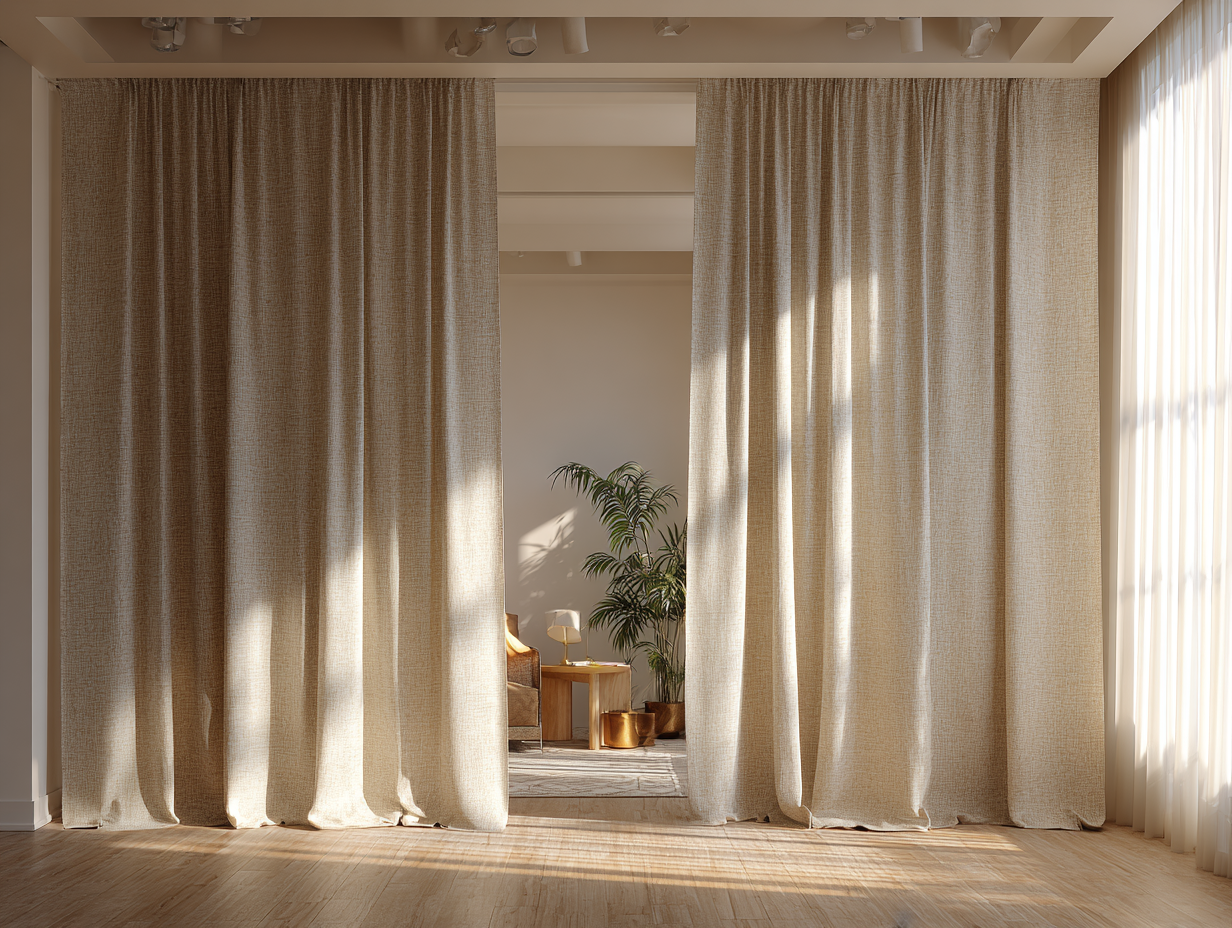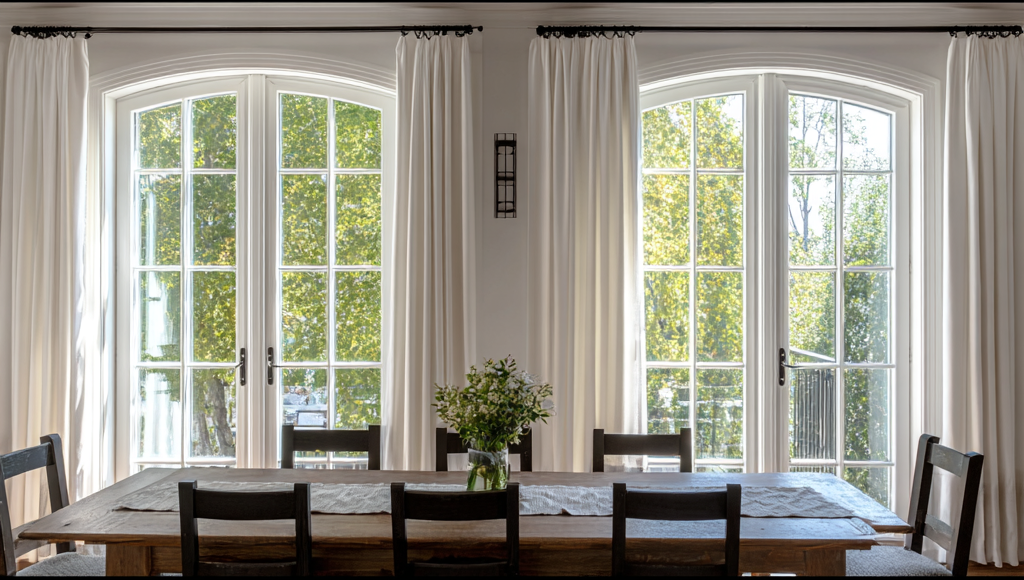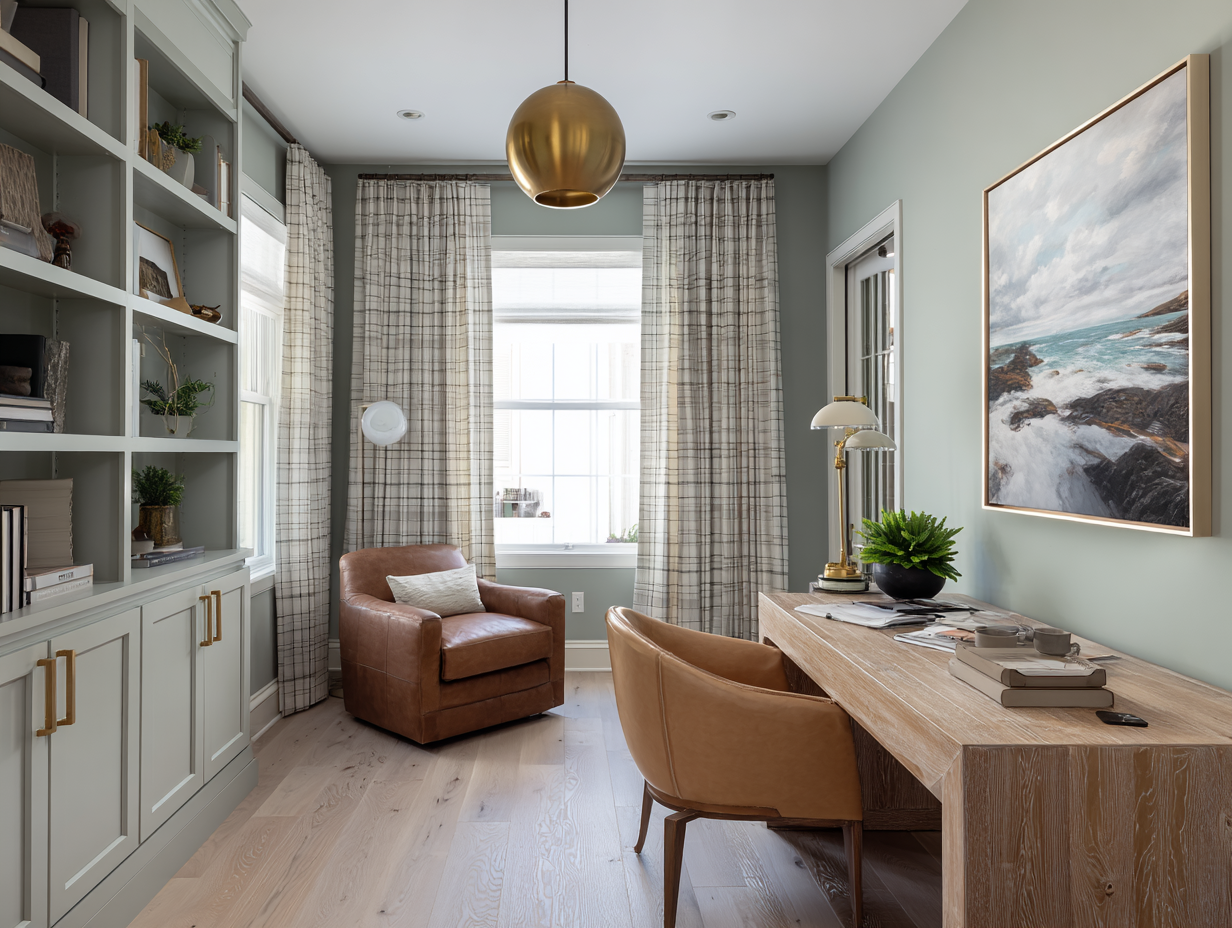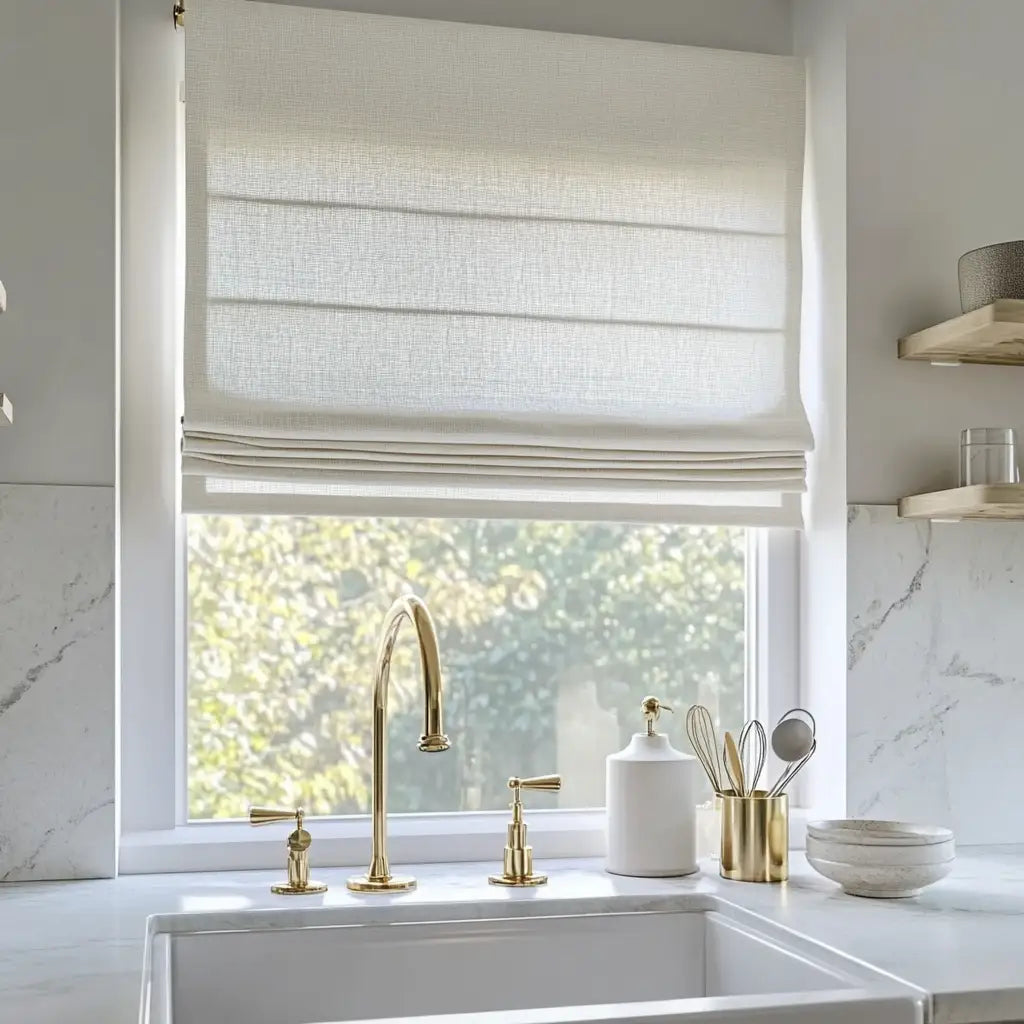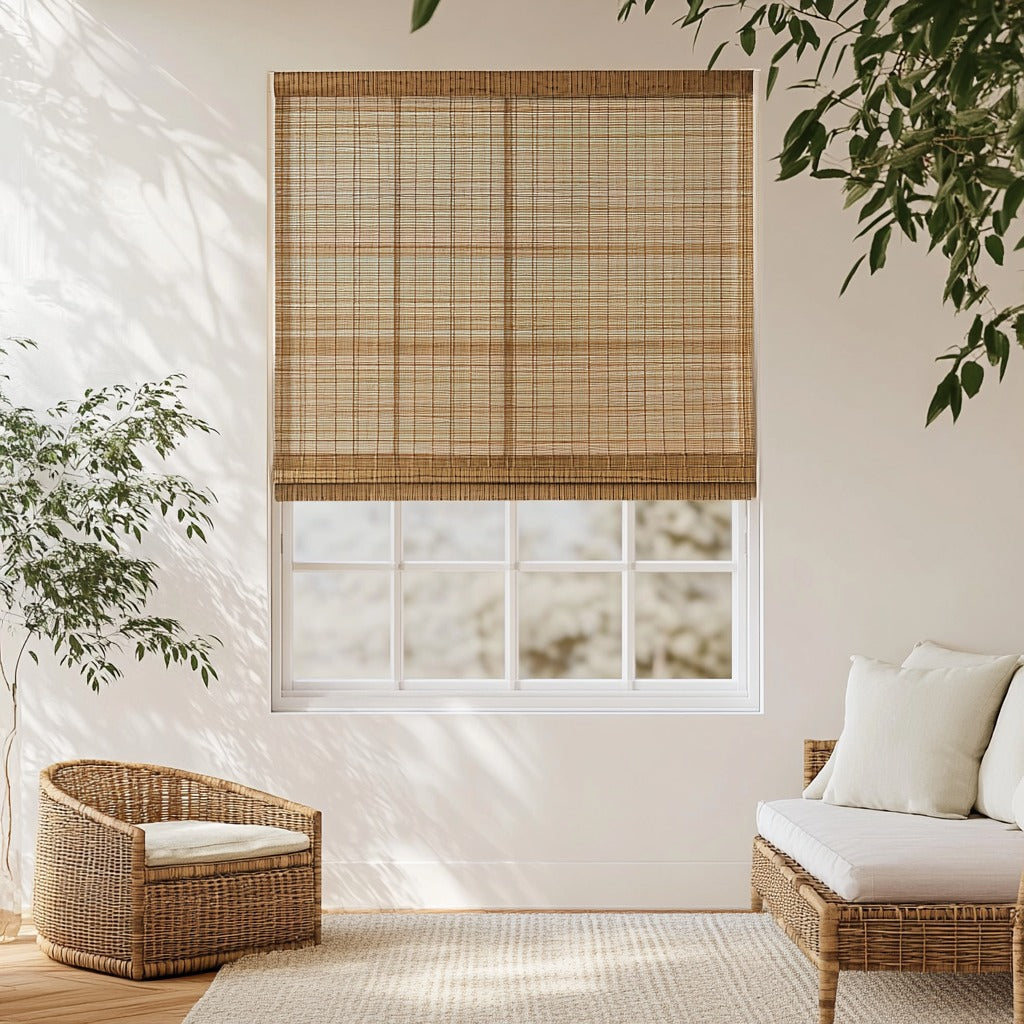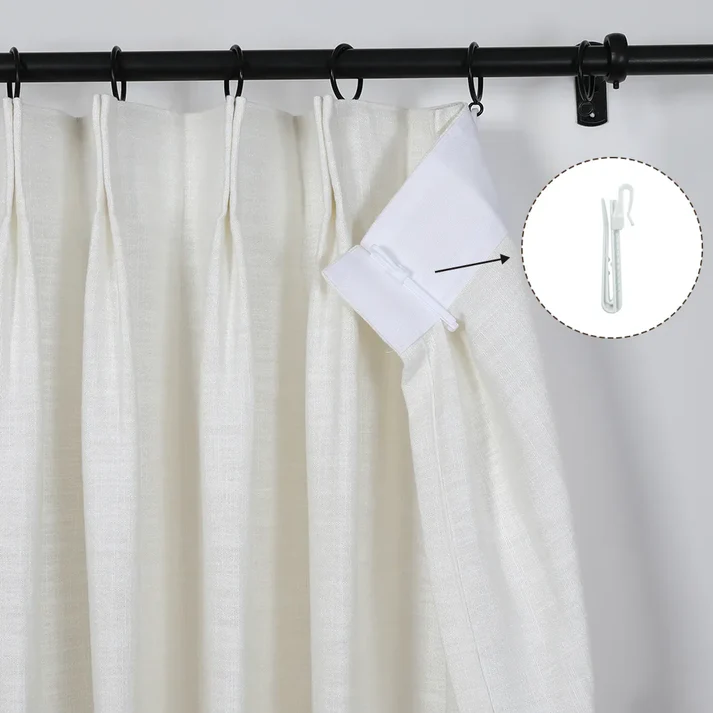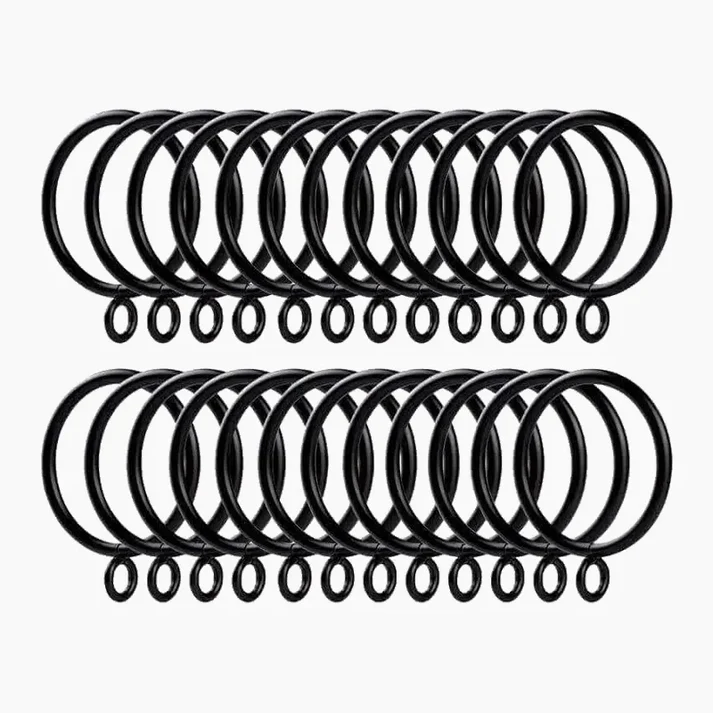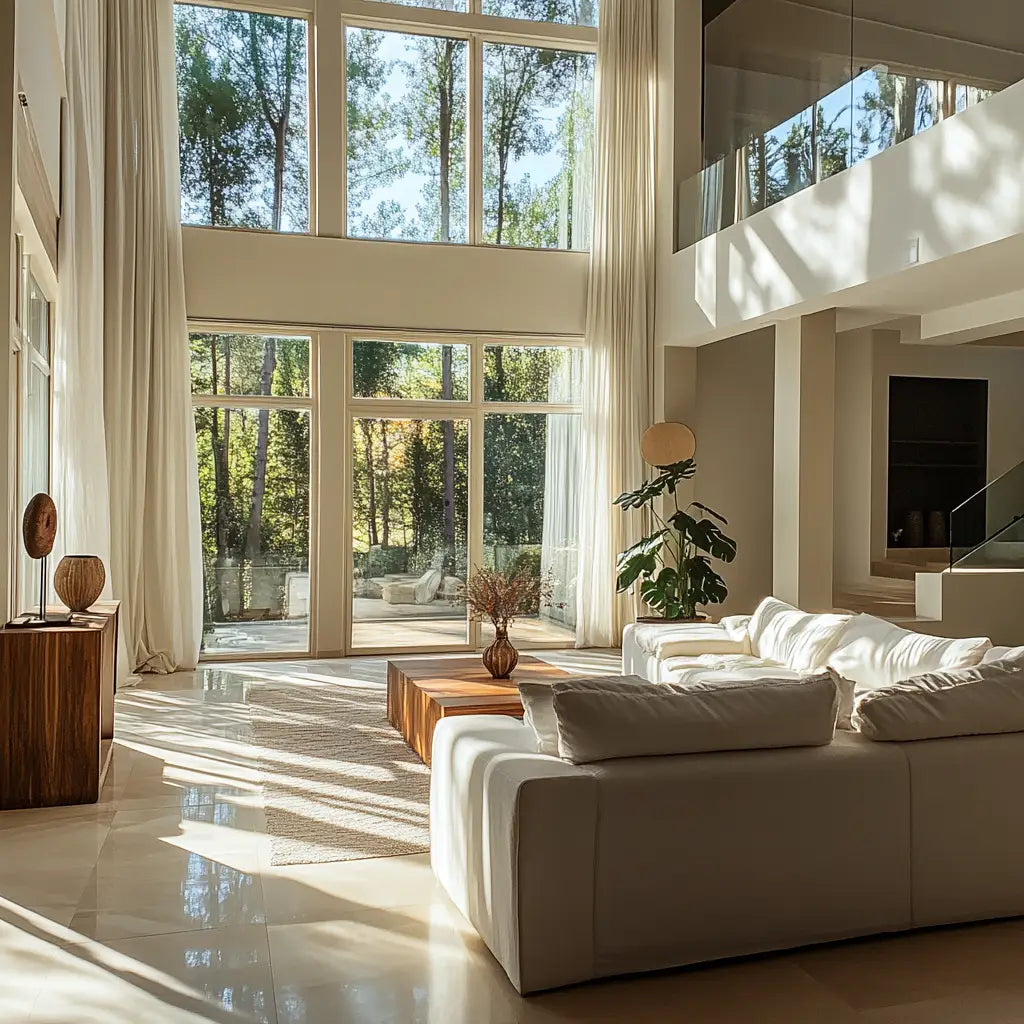Drapery Measurement Guide
Streamline your curtain measurement process with our Measurement Guide, a guide created to walk you through each step seamlessly for a stress-free experience.
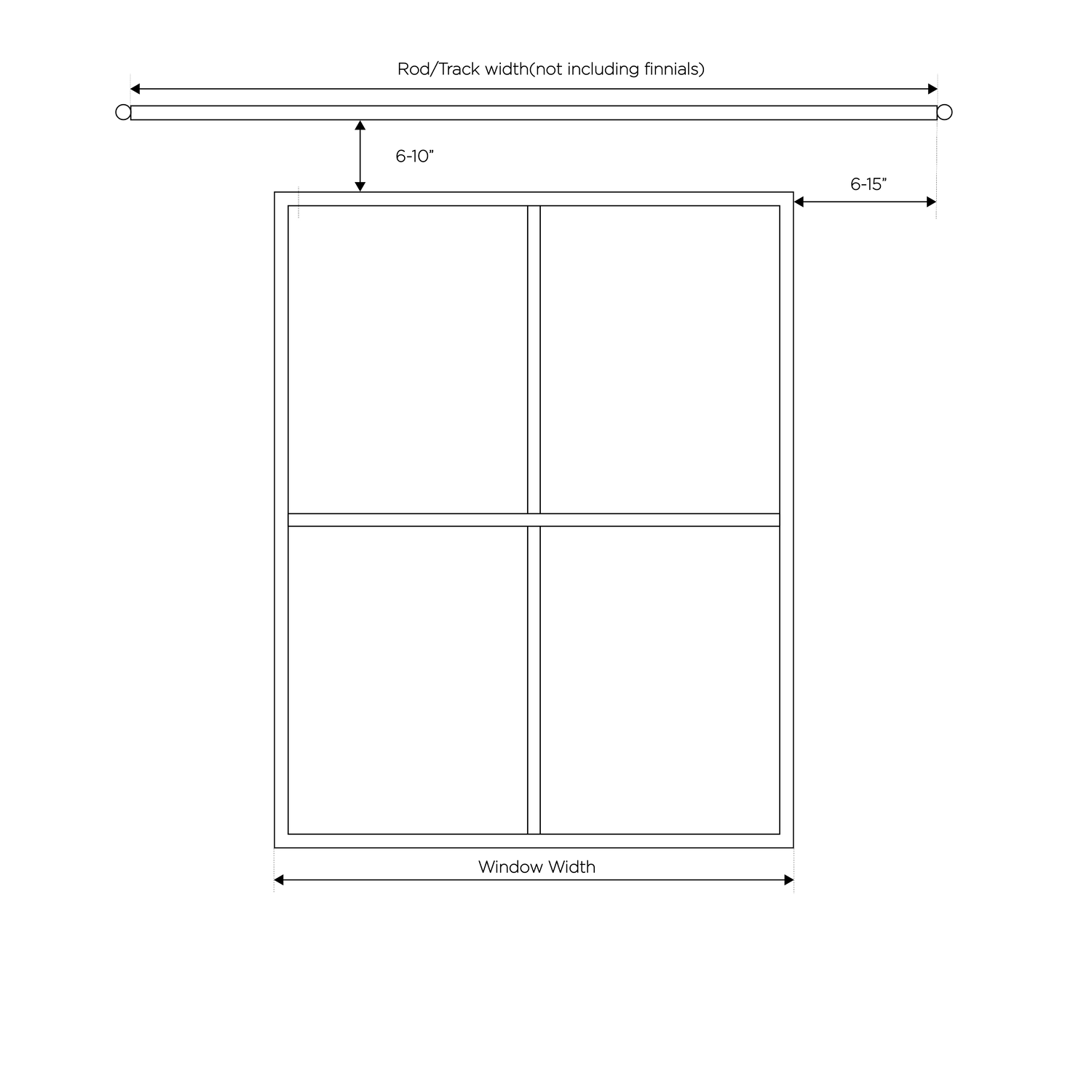
Step 1: Measure Your Window/Door
Install the Rod or Track (Recommended)
We recommend mounting the rod or track as close to the ceiling as possible to create the illusion of a taller room.
The rod should extend 6-15 inches beyond the window frame on each side to minimize light gaps and allow enough space for curtain stacking.
This is a suggested guideline — you can adjust the height and width based on your room’s design.
Measure the Rod/Track Width
Measure the total width of the rod or track (including the extra 6-15 inches on both sides).
If you haven't installed a rod or track yet, measure the window width and add the extra space on both sides to estimate the final rod/track width.
This measurement will be required when entering product details at checkout.
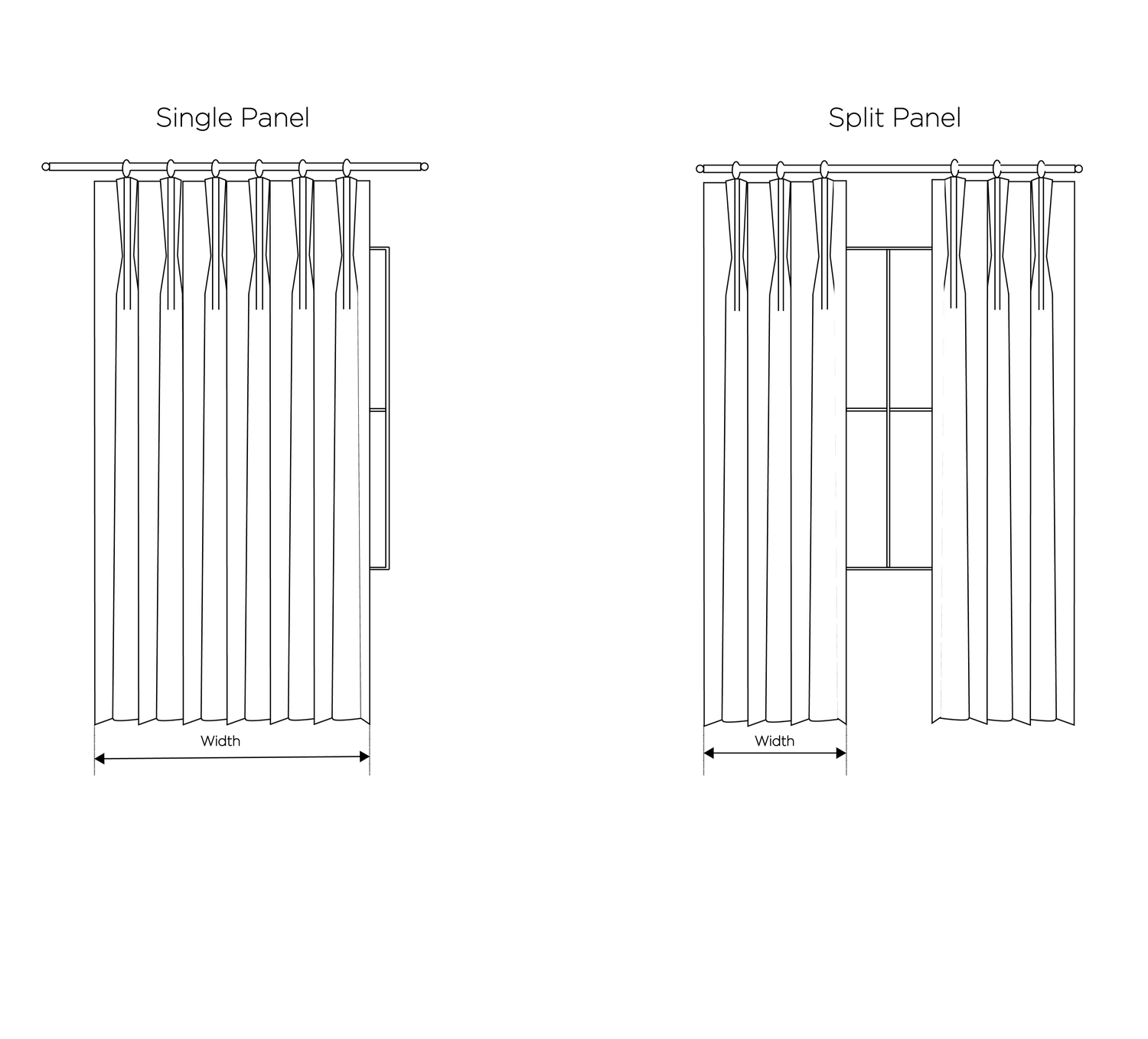
Step 2: Calculate Panel Width
- Flat Top Styles (Grommet, Rod Pocket, Back Tab, Tab Top, Flat Panel)
Panel Width = (Rod/Track Width × Fullness) ÷ Panel Quantity - Pleated Top Styles (Pinch Pleat, Euro Pleat – Double/Triple)
Panel Width = Rod/Track Width ÷ Panel Quantity - Ripple Fold:
Panel Width = Rod/Track Width ÷ Panel Quantity (The bottom panel width will be approximately 2.1x the top width when hanging)
You will need to enter the exact rod/track width and fullness preference when placing your order.
If you are unsure about the header style, please consult our Header Style Guide to select your preferred header style.
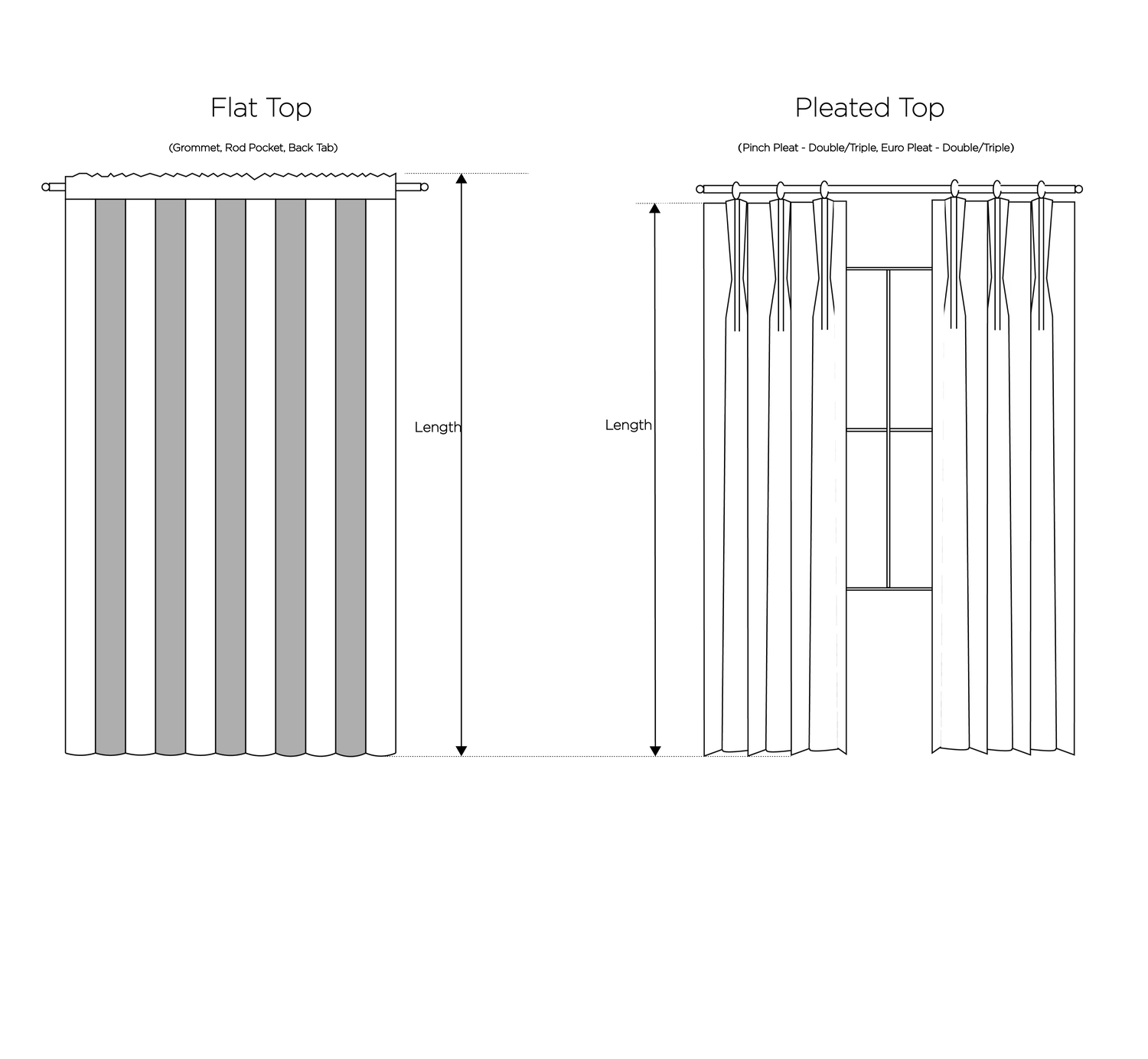
Step 3: Determine the Curtain Length
- Flat Top Styles (Grommet, Rod Pocket, Back Tab)
Length = Top of rod to floor + top and bottom allowance - Pleated Top Styles (Pinch Pleat, Euro Pleat – Double/Triple)
Length = Top of pleat to floor + bottom allowance - Ripple Fold:
Length = Bottom of track to floor + bottom allowance
Bottom Options:
Above the Floor: Clean and practical, prevents dust buildup.
Kiss the Floor: Just touching the floor for a tailored, polished look.
Puddling: 2-4 inches of fabric pooling on the floor for a luxurious, dramatic effect (best for decorative use).
Key Terms
If you have questions about the tutorial, this supplementary explanation may help.
Fullness Explained
-

Fullness Levels:
1.0x Fullness – Flat and minimal gathering (Not recommended).
1.5x Fullness – Light gathering; suitable for decorative panels that are rarely opened.
2.0x Fullness – Balanced and tailored; creates soft waves and pleats (Recommended for most styles).
2.5x Fullness – Lush and dramatic; ideal for sheer or decorative curtains.
Example:
A 42-inch wide panel to cover a 42-inch window = 1.0x fullness → Flat look
An 84-inch wide panel to cover a 42-inch window = 2.0x fullness → Pleated and stylish look
-
Which Header Styles Require Fullness?
Soft Top and Grommet Style
You need to select the desired fullness when ordering these styles to create a tailored look.
If you are unsure about the header style, please consult our Header Style Guide to select your preferred header style.
-
Header Styles with Built-In Fullness
Pleated Styles and Ripple Fold Style
These styles are crafted with permanent pleats using 200%–230% fabric width — no need to adjust fullness manually.
"Bottom Allowance" Explained
-
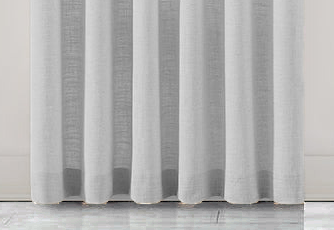
Above the Floor
Hangs just above the floor for a clean, crisp look.
Easy to maintain — less likely to collect dust, fur, or debris.
Ideal for high-traffic areas and busy households.
-
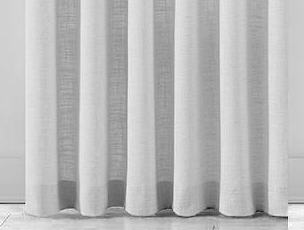
Kiss the Floor
The curtain gently touches the floor for a polished, tailored finish.
Creates a smooth, streamlined effect without excess fabric.
-
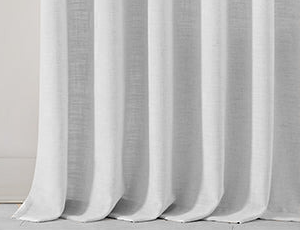
Puddling
Extra 2–4 inches of fabric resting on the floor, creating a soft, draped effect.
Not recommended for high-traffic areas as it can collect dust easily.

What If Your Curtains Exceed the Maximum Size?
Our fabric samples indicate the maximum available length. If your measured curtain size exceeds this limit, here’s how we handle it:
Fabric Roll Width
Our standard fabric roll width is typically 110 inches. This determines the maximum width for a single panel without additional adjustments.
Rotation
For curtain lengths over 104 inches, the fabric may be rotated to accommodate extra length.
Splicing
If both the width and length exceed 104 inches, two fabric panels will be carefully joined together.
Visible seams may be present, but they will be sewn neatly for a seamless and polished look.


